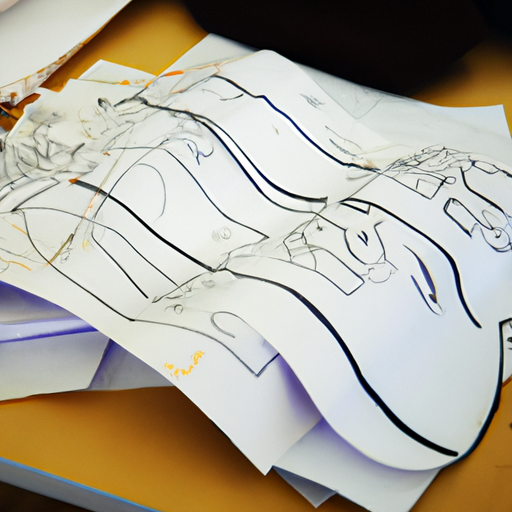Introduction
If you are interested in sewing and creating your own clothes, understanding sewing patterns is essential. Sewing patterns are templates or guides that help you cut and sew fabrics accurately, ensuring a well-fitting and professionally constructed garment. Here are some guidelines to get you started on using sewing patterns effectively.
1. Choosing a Pattern
Start by selecting a pattern that matches your sewing skills and the type of garment you want to create. Patterns usually indicate the level of difficulty, so beginners should opt for simpler patterns with basic shapes and fewer details.
Pro tip: Read the pattern envelope carefully to ensure it includes your desired size range and the garment style you want.
2. Reading the Instructions
Before diving into cutting and sewing, thoroughly read the instructions provided with the pattern. Understanding the steps involved, required materials, and any specific techniques mentioned is crucial for achieving a successful outcome.
3. Preparing the Fabric
Prior to cutting the fabric, wash and press it to prevent shrinkage and avoid any unwanted surprises after sewing. Lay out the pattern pieces on the fabric according to the instructions, making sure to follow the grainlines and pattern markings accurately.
4. Cutting the Fabric
Using sharp fabric scissors, carefully cut along the lines of the pattern pieces. Take your time to ensure precision and be mindful of notches, darts, and other markings that are essential for proper construction.
5. Transferring Markings
Transfer any essential pattern markings, such as notches or dart points, onto the fabric using tailor’s chalk, marking pens, or any other suitable method. These markings are vital for aligning and assembling the garment correctly.
6. Pinning and Sewing
Following the provided instructions, start pinning the fabric pieces together with right sides facing each other. Use sewing machine or hand sewing techniques to stitch along the designated seam lines, ensuring straight and secure stitches. Remove pins as you sew to avoid machine needle breakage.
7. Fitting and Adjustments
Once you have completed the basic construction, it’s important to try on the garment to check for fit and make any necessary adjustments. You may need to take in or let out seams or alter the length according to your body measurements and preferences.
8. Finishing Touches
Finally, complete the garment with any finishing touches such as hemming, adding buttons or zippers, and attaching any additional elements according to the pattern instructions. Press the finished garment to give it a polished appearance.
Note: Always remember to sew at your own pace, practice, and be patient with yourself. Sewing patterns can be daunting at first, but with practice, you will gain confidence and become more skilled.
Additional Resources:
